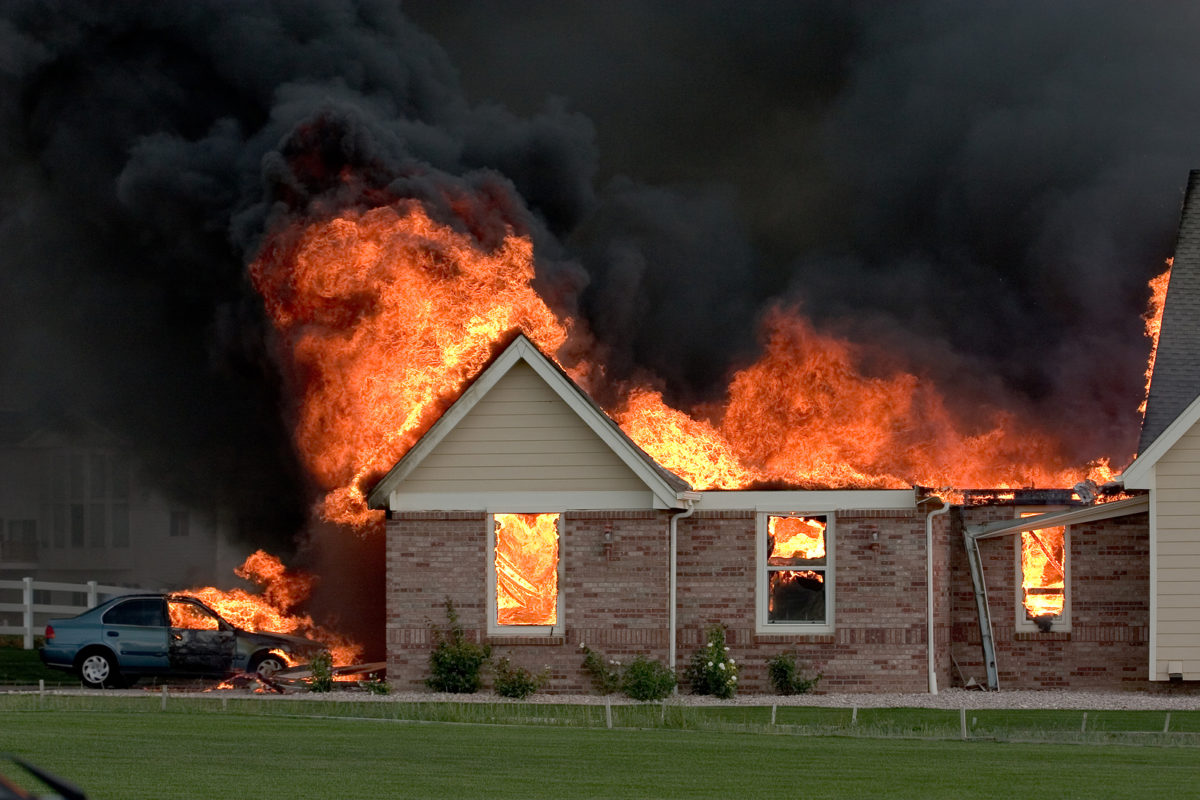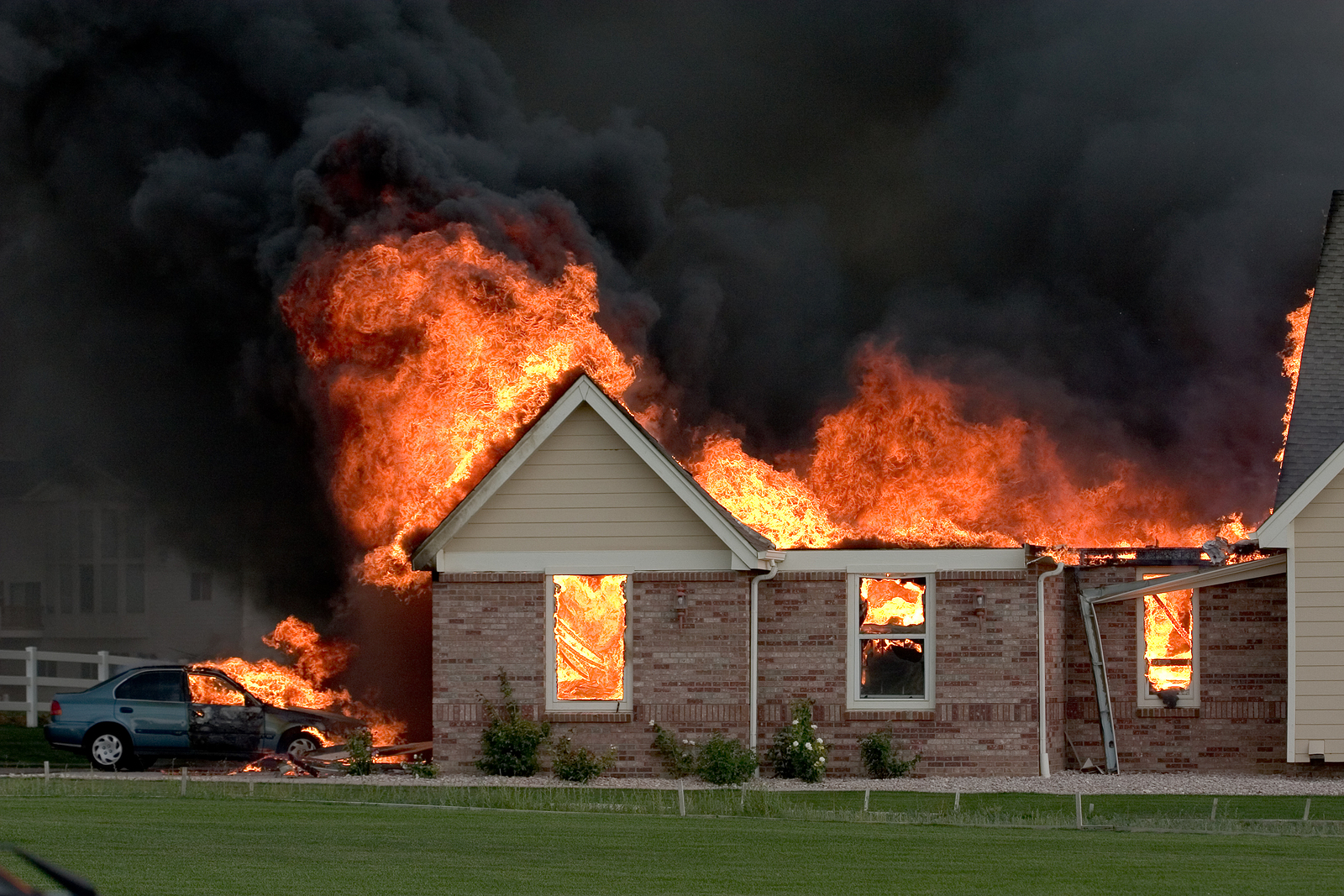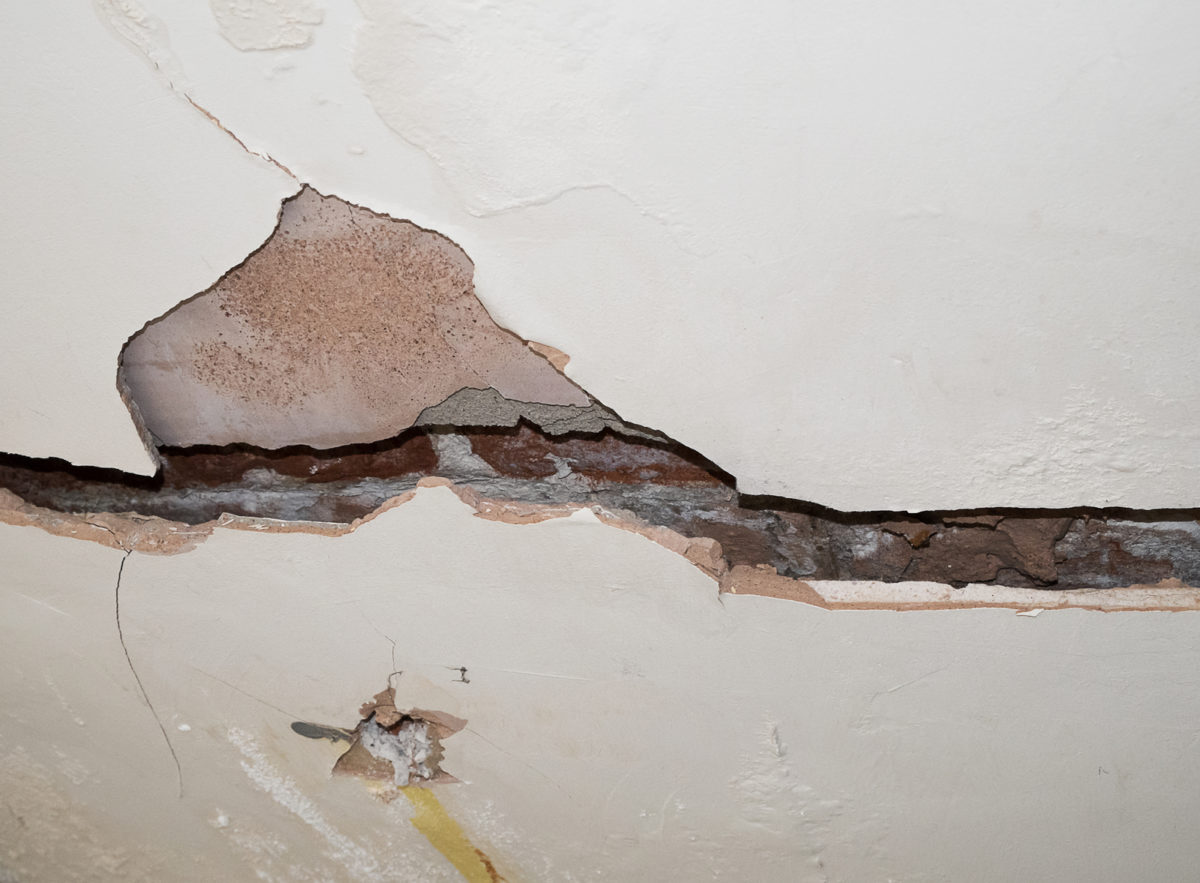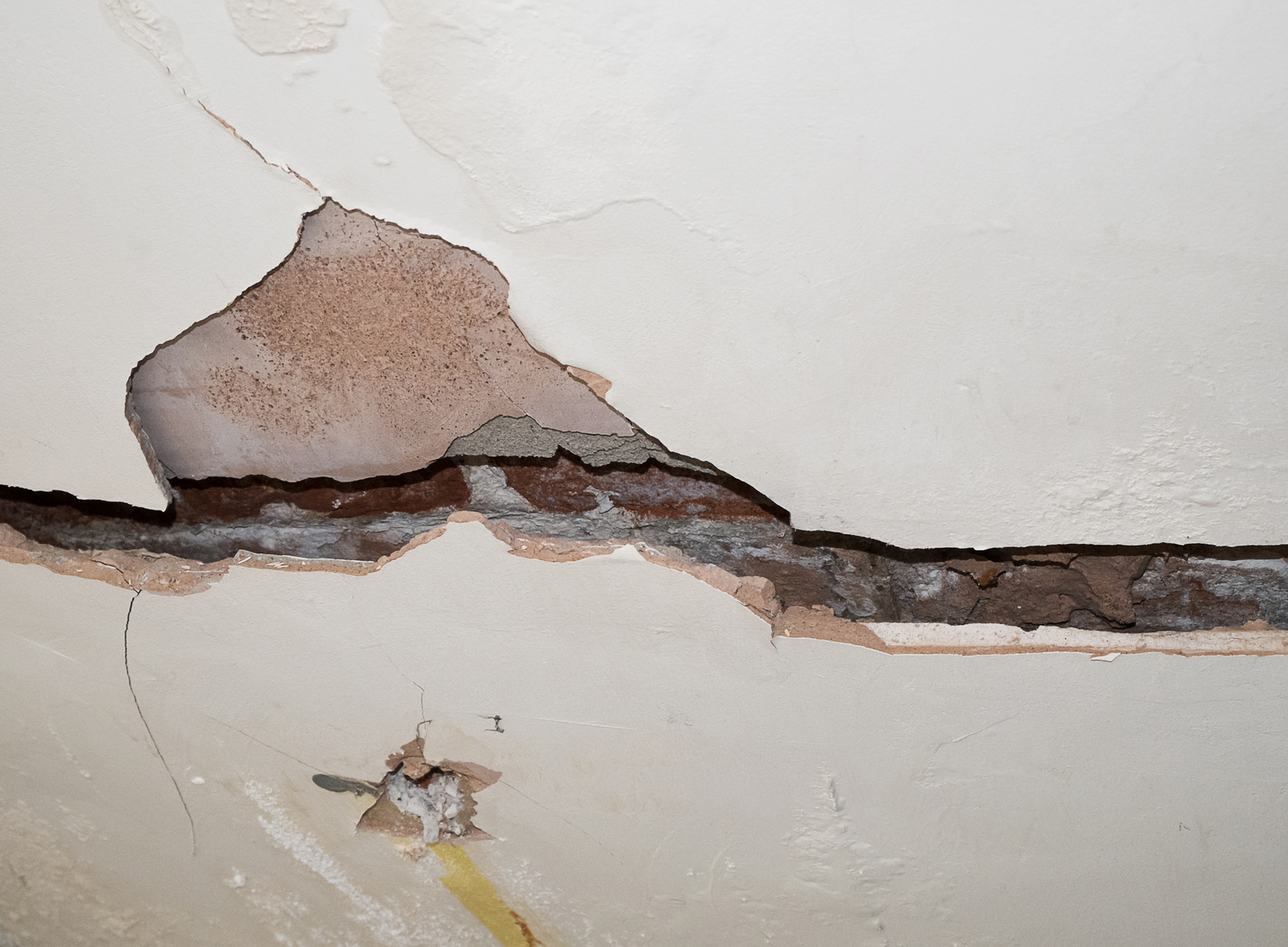With the new year in full swing, and the holidays a fond memory, reality begins setting in. The gloomy, cold, icy weather – the constant white pallet we’re faced with daily – isn’t about to end anytime soon.
You aren’t the only one suffering from a bout of cabin fever. Hundreds of thousands of us suffer from mild-winter depression, of feeling isolated and cooped up around mid-winter.
Thankfully, there are ways to combat the gloom and today we’ll share a few of those with you.
Get outdoors
This may seem like a no brainer to most and an impossibility to those in the more wild-winter-struck areas of the country.
Even just a few minutes spent in nature can lift spirits according to Michelle Gielan, an expert in positive health & wellness. Bundle up and, if there’s a body of water nearby, make that your destination.
“One study shows that just five minutes a day walking by the water boosts our mood,” Gielan says at PsychologyToday.com.
Bring the outdoors in
If it’s just too frosty to get outdoors, it’s time to bring nature into the home. Here are several ideas we’ve rounded up from various experts:
Fill the main living spaces of your home with photos of nature
“A new study has found that just looking at still images of nature is enough ‘natural’ stimulus to lower our stress levels,” claims Peter Dockrill at ScienceAlert.com.
Let in more natural light
“One Australian study that measured levels of brain chemicals flowing directly out of the brain found that people had higher serotonin levels on bright sunny days than on cloudy ones,” according to Alice Park with Time magazine.
Serotonin, as you may know, is a substance in our brains that is sometimes known as “the happy chemical” because it assists in making us feel happy.
Park goes on to say that the effect of natural light on serotonin levels persists, “no matter how cold or hot the weather was.”
Ways to improve natural lighting in the home include:
- Adding skylights
- Adding more mirrors and other reflective surfaces (mirrored or metallic accents, picture frames, cabinet pulls). In fact, some decorators use one large mirror directly across from a dark room’s largest window to help reflect natural light. Any reflective objects, however, help bounce natural light around a room.
- Consider painting the ceiling with a high-gloss paint. “A glossy ceiling finish reflects light well,” suggests Monique Valeris and Kelsey Kloss at ElleDecor.com.
- Clear obstructions from windows. Obviously, cleaning your windows is the first step here, but trimming trees that obstruct the light also helps. And, although those heavy, dark draperies help insulate the home, consider switching them out for a lighter fabric that allows more natural light to enter the room.
Create an indoor greenspace
Adding houseplants to the home’s main living spaces can help lower stress and improve well-being, according to several studies.
One of these, published in the Journal of Physiological Anthropology, studied two subject groups. One group transplanted an indoor plant while the other carried out a task on the computer.
After completing the tasks, the gardening group felt significantly “more comfortable, soothed, and natural” than the computer task group. Surprisingly, the gardening group also exhibited significantly lower diastolic blood pressure.
Check out these ideas for creating a mini indoor green space to help lift your mood:
Create a terrarium
Find inspiration online at PopularMechanics.com, BalconyGardenWeb.com and Gardeners.com.
Bring in the houseplants
From a kitchen counter herb garden to pots of greenery scattered throughout the main living spaces, houseplants – especially if you interact with them (watering, transplanting, etc.) – is the next best thing to being outdoors, in nature.
Choose plants that can handle winter’s low and short-duration light levels. These include:
- Arrowhead vine (Syngonium podophyllum)
- Pothos (Epipremnum aureum)
- Polka dot plant (Hypoestes phyllostachya)
- Peace lily (Spathiphyllum)
- Corn plant (Dracaena fragrans)
Choose non-toxic plants if you have pets (especially cats – they love to munch on plants). You’ll find a list of these plants at Gardenologist.org.
Move
If all else fails, move. A study in the journal Environmental Science & Technology finds that moving to an area with more street trees and more greenery in general can help lift moods and increase mental wellness for up to three years.
Now that’s something we can help you with. Reach out to us and we’ll get to work finding you a lovely greenspace to call home.




















